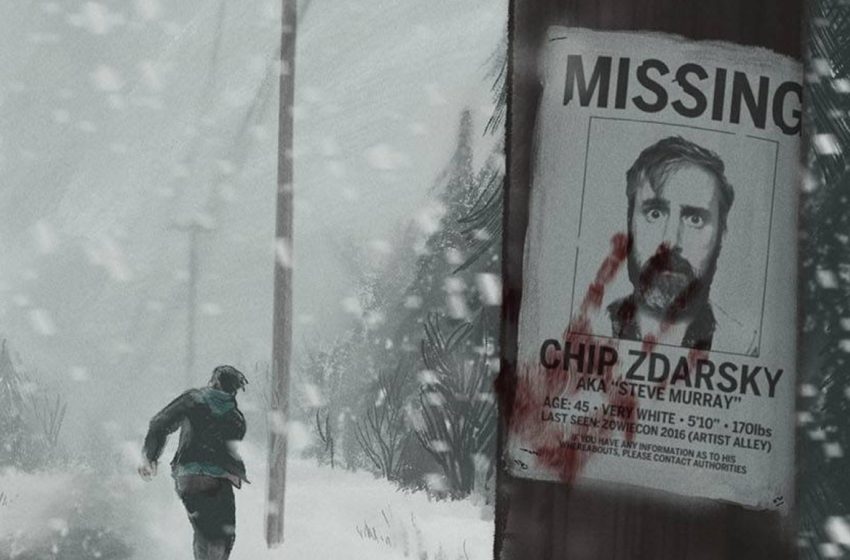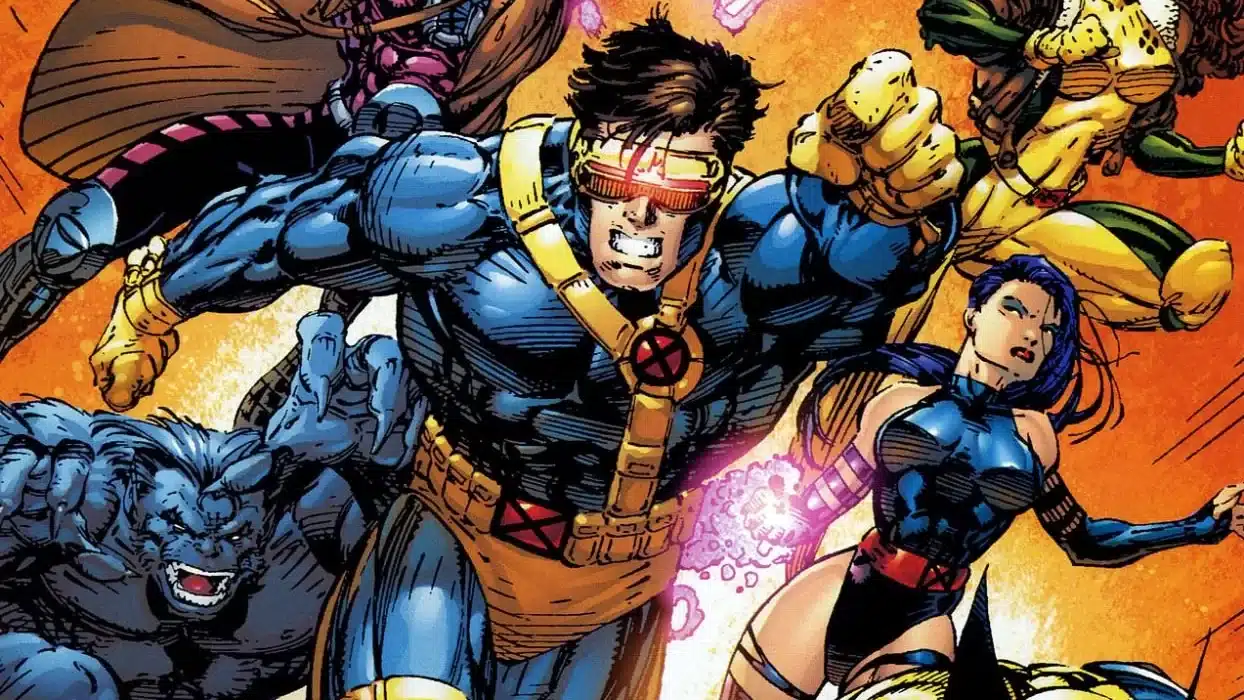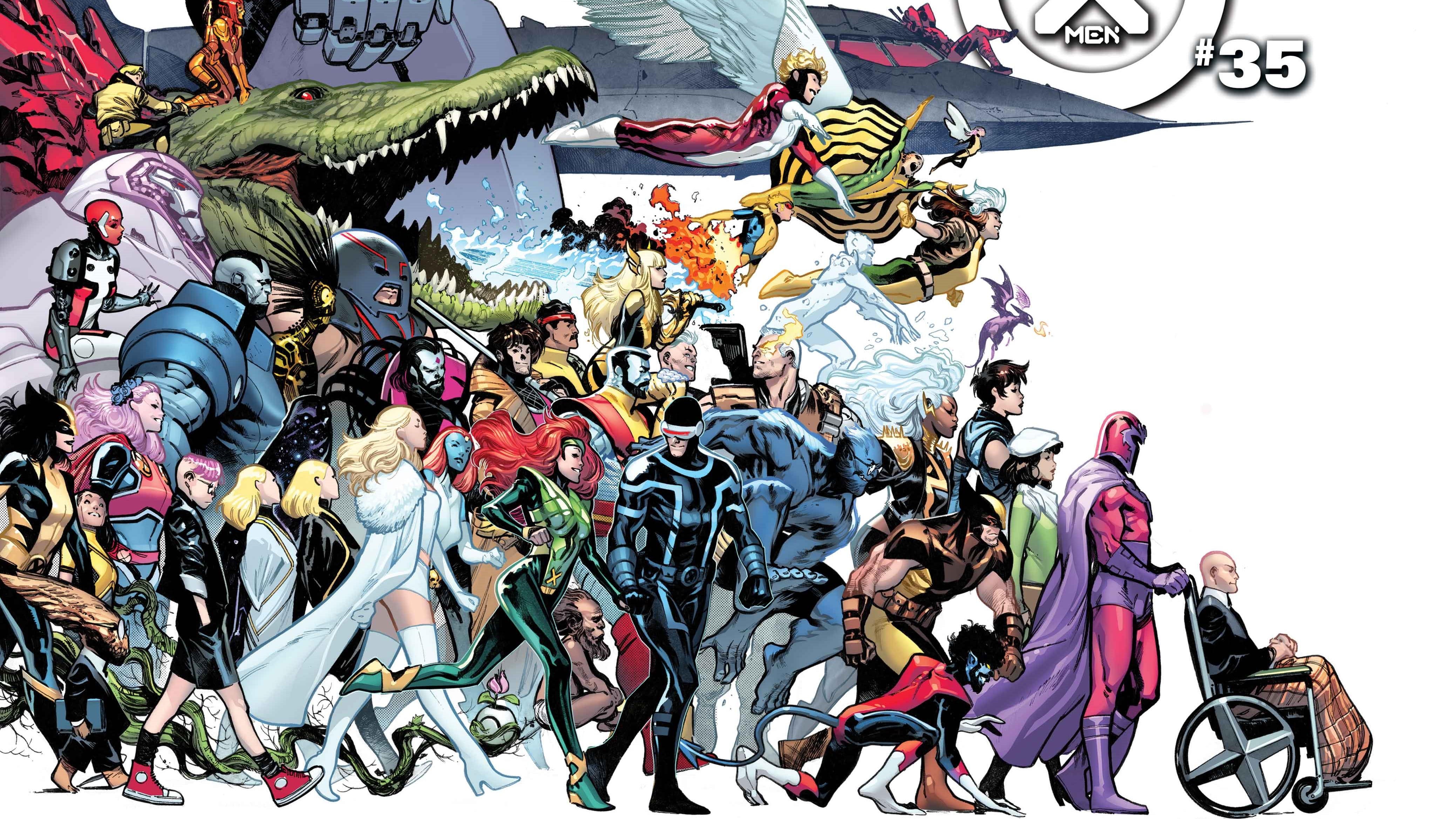The following first appeared in the ComicsXF newsletter. You can get early access to our editorials, a roundup of the week’s best content and get to know the members of the ComicsXFamily by subscribing right here.
Drawing comics takes time. That’s all there is to it. Artists cannot maintain a 20-page-a-month pace without burning themselves out or making a serious sacrifice in quality. Long gone are the days when Jack Kirby would draw a comic a week and make them all masterpieces. I come to bury that notion, not to praise it. Somewhere in the past 60 years, a shift happened in art. It is not good, it is not bad, it simply is.
For a medium that relies on a monthly habitual ritual matched with a tight turnaround time between completion and printing, this becomes a bit of a challenge. When all but the speediest artist can’t churn out a book a month, you are left at an impasse. For the leading periodical publishers, the die has already been cast — artists will change on a book, and there is no getting around it. It leads to writers being the sole consistent voice on a title and diminishing the role of the artist in the mind of the consumer, but so be it. The ink must flow.
For creator-owned endeavors, it presents an interesting situation. How do you keep a consistent schedule and a singular artistic voice? At the start of the Image Renaissance in 2012, there was one solution: take a rest between arcs. This was a very successful move for a book like Saga, where the title was built around compelling cliffhangers and a tight, consistent schedule. Timed right, like Brian K. Vaughan and Fiona Staples did, there was an additional benefit: Collected editions would be released right before the next new issue, giving readers a chance to catch up and jump in month to month. If done poorly, this method risks an audience falling out of love with a book, realizing they were buying it out of habit and weren’t compelled to keep reading after an extended break.

Recently, a new path has been blazed; a balance between the two. In books like Crossover, Time Before Time and Department of Truth, creators have narrowed the gap between a monthly schedule and an artist’s capability by adding transitory issues. These are gaiden, or side stories. Set in the world, fleshing out the universe, but set apart from the main narrative. They are separate enough that Time Before Time and Department of Truth are collecting them in separate editions, keeping the core team consistent for a trade-waiting audience. This is not a wholly unique idea. The Wicked + The Divine specials were built in this manner, and the Bitch Planet: Triple Feature series had shades of this, if the main title ever actually continued, but the frequency and quality with which it is being used is truly something special.
Take Time Before Time #6, the issue that made this trend click in my brain. Here, co-writer Declan Shalvey picks up penciling duties to tell the tale of one family relocated in time by The Syndicate. Had it not felt like something different, it would threaten to derail the narrative momentum of the book. By making it a standalone piece, the IP (and yes, these are IP) is strengthened, showing the potential of the universe while letting the main saga continue unimpeded.
Or look at Crossover #7, where Chip Zdarsky and Phil Hester deliver a story that could never be told anywhere else. One about identity and the act of creation that takes the core concept of the title, a crossover between every comic, and expands it into a story so meta and up its own ass that it would make Grant Morrison blush. And yet? It is a steller piece of comics that brilliantly explores the consequences of the world without making the core thread feel stalled.
“Fill-in” is a dirty phrase in this industry, one that reinforces the idea of a work as lesser, or irrelevant. It’s a necessary evil born from an audience with a short attention span and corporate masters who live and die on consistent cash flow. We cannot choose the limitations put upon us, but some in the industry have found a way to use those limitations to their favor, creating unique and important art along the way.
Zachary Jenkins runs ComicsXF and is a co-host on the podcast “Battle of the Atom.” Shocking everyone, he has a full and vibrant life outside of all this.






